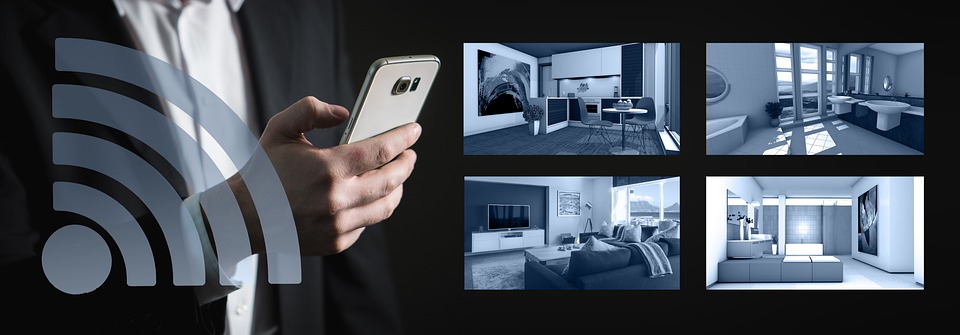In today’s fast-paced world, convenience and efficiency are key drivers when it comes to home design and functionality. Enter home automation: a transformative way to enhance your living space while simplifying your daily routines. Whether you’re a tech enthusiast or a novice eager to explore, this ultimate guide to home automation is designed to inspire and inform.
Understanding Home Automation
Home automation refers to the technology that enables control of various home systems—such as lighting, heating, security, and entertainment—via the internet. With the right devices and systems, you can manage your home from anywhere, using your smartphone, tablet, or voice commands through smart assistants.
Key Benefits of Home Automation
-
Convenience: Automating routine tasks, such as turning on lights or adjusting the thermostat, simplifies daily activities.
-
Energy Efficiency: Smart devices can help you monitor and manage energy usage, ultimately leading to lower utility bills.
-
Enhanced Security: Automated security systems can alert you to potential threats, allowing for remote monitoring and management.
-
Increased Property Value: Homes equipped with smart technology often attract buyers, as these systems can be seen as a desirable upgrade.
- Improved Comfort: Set the mood with adjustable lighting or temperature presets, making your living space more enjoyable.
Getting Started with Home Automation
1. Assess Your Needs
Start by identifying what aspects of your home you want to automate. Consider the following areas:
- Lighting: Do you want to control lights in specific rooms or set mood lighting for entertainment?
- Climate Control: Would a smart thermostat help manage your heating and cooling more effectively?
- Security: Are you interested in smart locks, cameras, or alarm systems?
- Entertainment: Would you like to integrate multi-room audio or a smart home theater?
2. Choose a Hub
A central hub acts as the brain of your home automation system. Popular options include:
- Amazon Echo: Works seamlessly with Alexa-powered devices.
- Google Nest Hub: Perfect for homes invested in Google’s ecosystem.
- Apple HomeKit: For those who use Apple devices, it provides a high level of integration and security.
3. Selecting Devices
Once you have a hub, it’s time to choose compatible devices. Here are some essential categories:
-
Smart Lighting: Brands like Philips Hue and LIFX offer customizable options, including color and intensity.
-
Smart Thermostats: Ecobee and Nest learn your habits to optimize energy use.
-
Smart Security: Consider products from Ring or Arlo for video monitoring and smart locks from August.
- Smart Speakers and Displays: Devices like the Amazon Echo Show and Google Nest Hub can control your automation and double as entertainment tools.
4. Installation and Setup
Most smart devices offer easy installation methods and user-friendly apps. Generally, the setup involves:
- Connecting the device to your Wi-Fi network.
- Pairing it with your smart hub.
- Downloading the necessary apps for device control and automation setup.
Make sure to read the user manuals for specific instructions.
5. Creating Automations
The true magic of home automation lies in creating routines. You can set triggers for devices based on various conditions:
-
Time-Based: Program lights to turn on at sunset.
-
Activity-Based: Set your thermostat to lower the temperature when you leave the house.
- Location-Based: Use geofencing to turn on lights or adjust the thermostat when you arrive home.
6. Security Considerations
While home automation adds convenience, it is vital to ensure your system is secure. Follow these guidelines:
- Use strong, unique passwords for each device.
- Enable two-factor authentication where available.
- Regularly update your devices and software to protect against vulnerabilities.
Maintaining Your Home Automation System
Once your system is up and running, regular maintenance will ensure longevity and effectiveness. Periodically check for updates, assess your usage, and make adjustments based on your evolving needs.
Exploring Future Trends
As technology advances, home automation continuously evolves. Look out for trends such as:
-
Artificial Intelligence (AI) Integration: More personalized experiences as devices learn from your habits.
-
Interoperability: Increased connectivity across devices from different manufacturers.
- Enhanced Energy Management: Smart grids and renewable energy sources for a more sustainable future.
Conclusion
Transforming your living space with home automation isn’t just about adding cool gadgets; it’s about creating a more functional, efficient, and comfortable home. By understanding your needs, investing in the right devices, and setting up smart automations, you can enrich your living environment and embrace the future of home living. Start small, explore your options, and enjoy the convenience that a smart home can offer.



